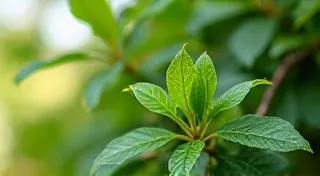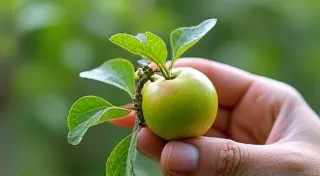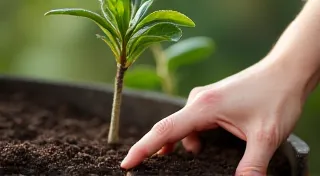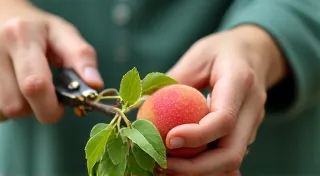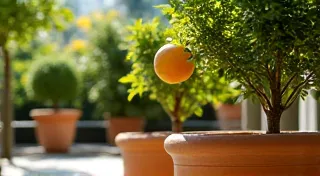Fertilizing Dwarf Fruit Trees in Containers: A Step-by-Step Guide
Providing adequate nutrition is essential for healthy fruit production. Dwarf fruit trees grown in containers are particularly susceptible to nutrient deficiencies because their roots are confined to a limited soil volume. This guide covers the best fertilizers and feeding schedules to keep your dwarf fruit trees thriving and fruiting abundantly. Successfully growing fruit in containers requires a holistic approach, starting with the right foundation: a well-balanced soil mix. If you're new to the process, be sure to check out Soil Secrets: The Best Soil Mix for Container-Grown Dwarf Fruit Trees for a deeper understanding.
Why Container-Grown Dwarf Fruit Trees Need Special Fertilizer Care
Unlike trees planted in the ground, container-grown dwarf fruit trees rely entirely on you for their nutritional needs. Potting mixes are often sterile and lack the slow-release nutrients found in natural soil. Frequent watering, essential for container plants, also leaches nutrients from the soil faster. Furthermore, the limited root space means nutrient uptake is more concentrated, making proper fertilization absolutely crucial. Without it, you’ll likely see stunted growth, yellowing leaves, and a disappointing lack of fruit. The design of your container garden can also impact these factors; creating a visually appealing and functional miniature orchard is key! Explore Creating a Miniature Orchard in Containers: Design & Inspiration for layout and aesthetic ideas.
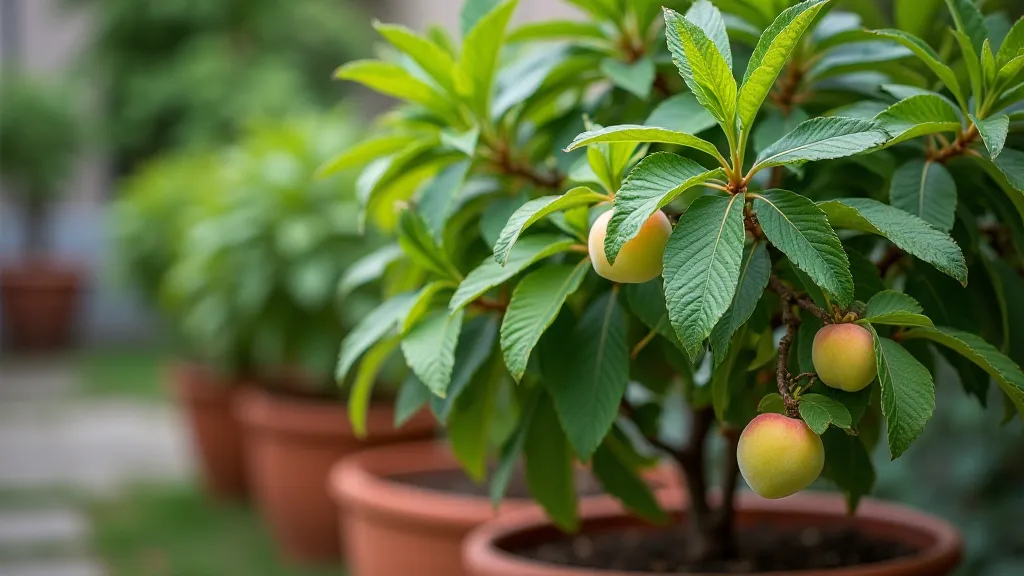
Understanding Fertilizer Types for Dwarf Fruit Trees
There are several types of fertilizers suitable for dwarf fruit trees in containers. Let’s break them down:
- Granular Fertilizers: These are slow-release fertilizers that provide nutrients over several months. They are easy to apply and reduce the risk of over-fertilizing. Look for formulations specifically designed for fruit trees, typically with a higher phosphorus content (the middle number in the NPK ratio). Choosing the right fertilizer is just one piece of the puzzle; regular pruning is equally important for maximizing yield.
- Liquid Fertilizers: Liquid fertilizers provide a quick boost of nutrients, ideal for correcting deficiencies or giving your trees a boost during periods of rapid growth. They need to be applied more frequently than granular fertilizers.
- Organic Fertilizers: Options like compost tea, worm castings, and fish emulsion provide slow-release nutrients and improve soil health. They’ll enrich the growing medium, creating a more balanced environment. Organic options not only feed your trees but also contribute to a thriving ecosystem within your container.
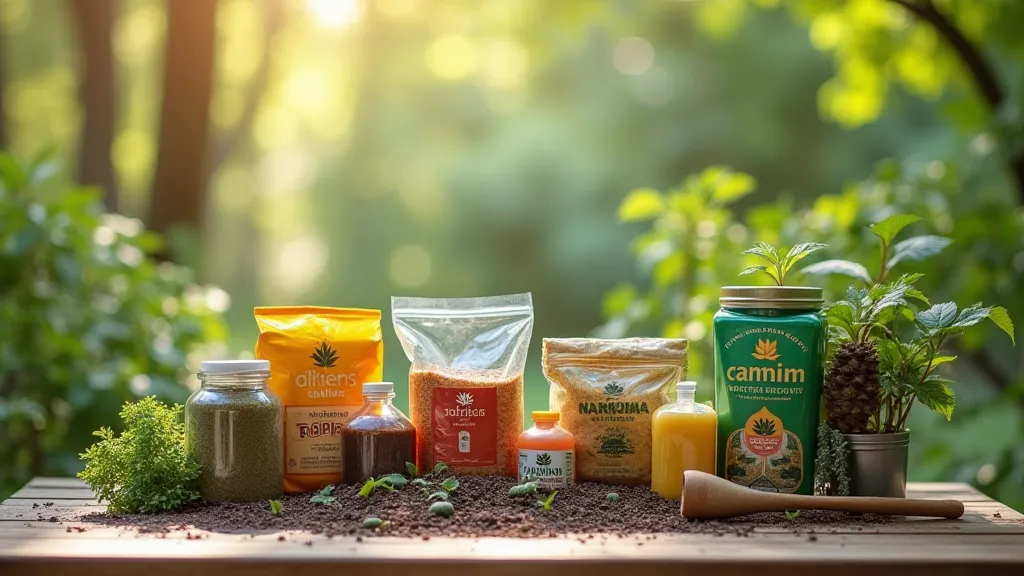
The NPK Ratio: What it Means for Your Trees
NPK stands for Nitrogen (N), Phosphorus (P), and Potassium (K). These are the three primary nutrients plants need. The ratio (e.g., 10-10-10 or 12-6-8) indicates the percentage of each nutrient in the fertilizer.
- Nitrogen (N): Promotes leafy growth and overall plant vigor. Nitrogen deficiency often presents as pale green or yellowing leaves.
- Phosphorus (P): Essential for root development, flowering, and fruit production. A phosphorus deficiency can lead to poor flowering and small, underdeveloped fruit.
- Potassium (K): Supports overall plant health, disease resistance, and fruit quality. Potassium deficiency can manifest as scorching on leaf edges.
For dwarf fruit trees, a fertilizer with a slightly higher phosphorus content (the middle number) is generally recommended to encourage flowering and fruiting. A ratio like 10-20-10 or 12-8-6 would be suitable. Understanding the nuances of each nutrient allows for more targeted fertilization, leading to healthier and more productive trees. Consistent care, including proper pruning, contributes to this success. Regular maintenance, including strategic pruning, is key for managing your trees effectively.
A Step-by-Step Fertilizing Schedule
Here’s a general fertilizing schedule for dwarf fruit trees in containers. Adjust it based on your tree’s specific needs and the fertilizer you choose.
- Early Spring (Before Bud Break): Apply a slow-release granular fertilizer according to the package instructions. This provides a steady supply of nutrients as the tree begins its growth cycle. Consider the environmental impact of your fertilizer choices, opting for sustainable options whenever possible.
- During Flowering and Fruiting: Supplement with a diluted liquid fertilizer every 2-4 weeks. This provides a boost of nutrients to support fruit development. Pay close attention to your trees during this period, as they are actively growing and require more attention.
- Late Summer (After Harvest): Apply a balanced fertilizer to replenish nutrients lost during the growing season and prepare the tree for winter. This is also an excellent time to assess the overall health of the tree and address any potential issues.
- Dormancy (Winter): Generally, no fertilization is needed during dormancy. However, a light foliar spray with a seaweed extract can provide micronutrients and boost overall health.
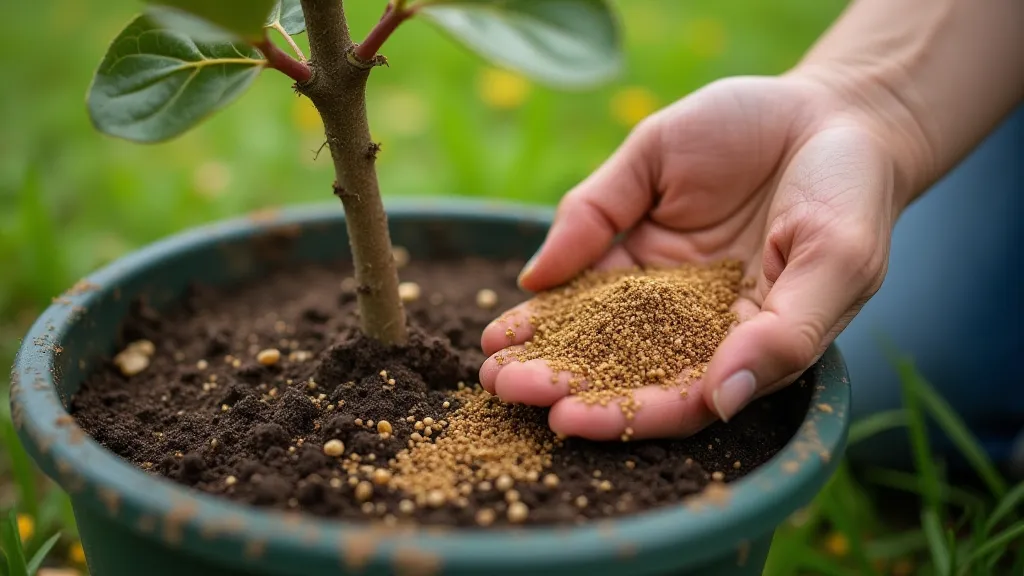
Tips for Successful Fertilization
- Read the Fertilizer Label: Always follow the manufacturer's instructions regarding application rates and frequency. Over-application can lead to nutrient burn and damage.
- Water Thoroughly: Water your tree thoroughly after fertilizing to help the nutrients reach the roots and prevent fertilizer burn.
- Monitor Your Tree: Observe your tree for signs of nutrient deficiencies, such as yellowing leaves or stunted growth. Adjust your fertilization schedule accordingly. Early detection and correction of issues are crucial for healthy growth.
- Less is More: It’s better to under-fertilize than over-fertilize. Over-fertilizing can burn the roots and damage your tree. Start with a lower dose and increase if necessary.
- Consider Soil pH: Nutrient availability is highly dependent on soil pH. Most fruit trees prefer a slightly acidic pH (around 6.0-6.5). Regularly test your soil pH and adjust as needed.
- Address Root Issues: Healthy roots are essential for nutrient uptake. Ensure proper drainage and avoid overwatering to prevent root rot.
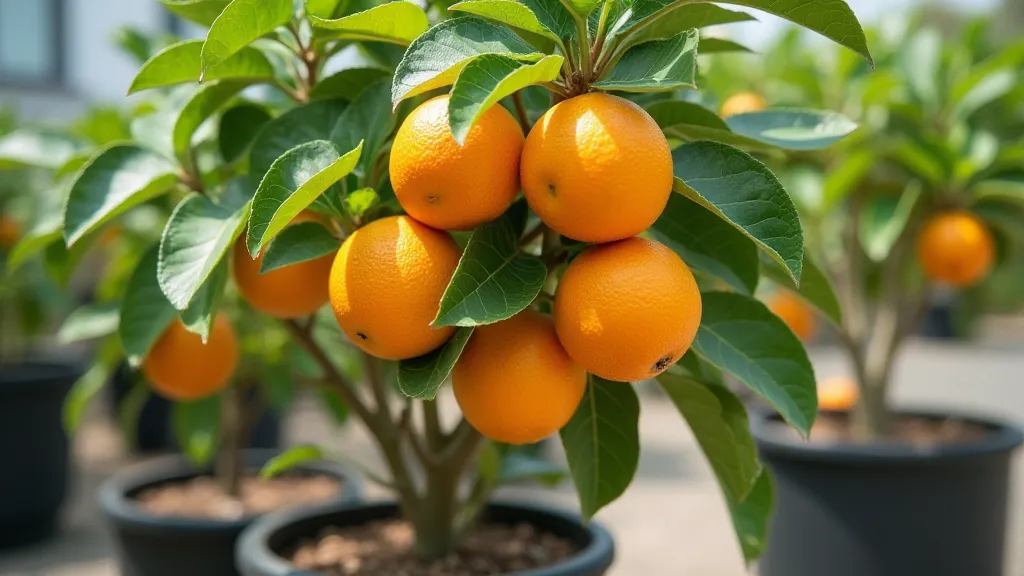
Maintaining your miniature orchard requires continuous learning and adaptation. Don't be afraid to experiment with different fertilizers and techniques to find what works best for your specific trees and environment. Furthermore, proper pruning is critical to maximize yield and maintain the desired shape of your dwarf fruit trees. If you're seeking comprehensive guidance on this vital aspect of tree care, check out Pruning and Maintaining Your Dwarf Fruit Trees in Containers for Maximum Yield. It offers detailed tips and techniques to ensure your trees thrive and produce abundant fruit.
Finally, if you live in a region with cold winters, protecting your trees from frost is essential. Learn about Overwintering Your Dwarf Fruit Trees in Containers: A Regional Guide to ensure your trees survive and flourish year after year. With the right care and attention, you can enjoy a bountiful harvest from your own miniature orchard.
